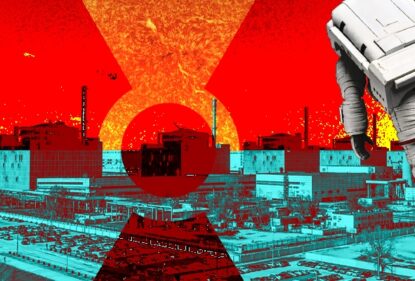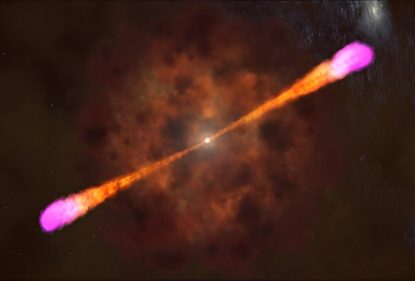I will start this article discrediting its core message, and later I will correct it. In fact, the impact of space medicine on the earth is still minute, and the reasons are quite prosaic. Modern biology, like particle physics, is a field in which tiny micro- and nanoscopic test objects are studied using huge units that can occupy entire rooms. A simple complex for maintaining the viability of cells ex vivo (experts call it “cultivation”), consisting of a laminar box and a CO₂ incubator, weighs a couple of tons. Of course, dragging it into orbit is extremely resource-intensive and simply unprofitable operation, given the possible practical results.
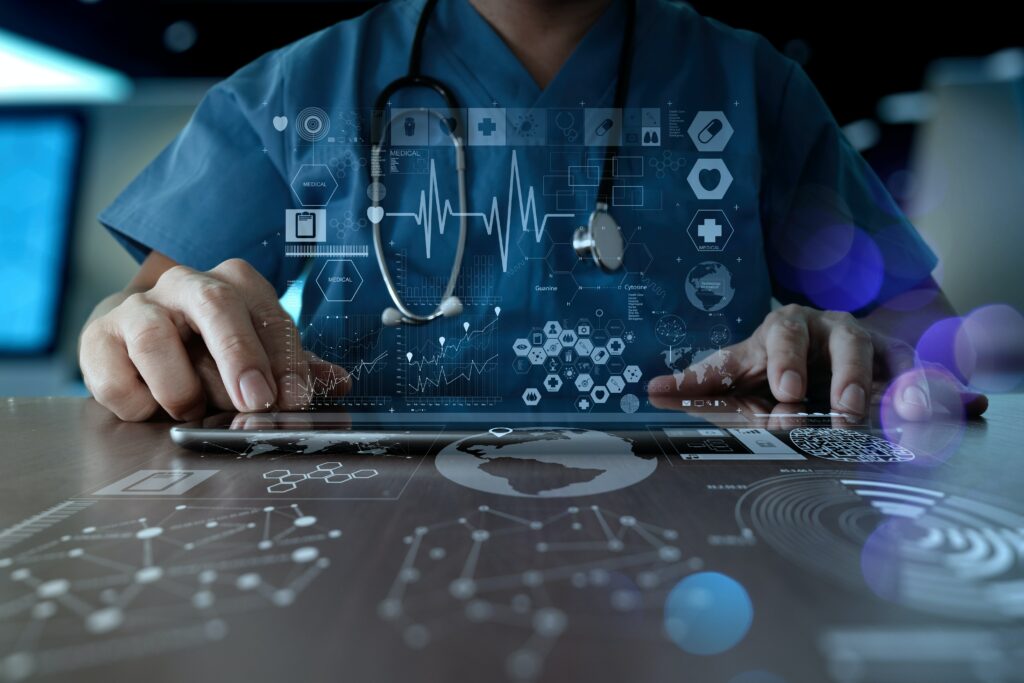
On the other hand, space-oriented medical research could be conducted in terrestrial laboratories, but here we face another problem: herculean health of astronauts. According to Smith Johnston, director of NASA Flight Medicine Clinic, “aerospace medicine is a situation when we take very healthy people and put them in very specific conditions.” We can say that conventional medicine is aimed at treating various pathologies in any patient, and space solves most problems by eliminating all potential patients in the early stages. This is mostly a preventive industry. This thesis is supported by the fact that the Kaplan-Meyer survival curves, based on data from 316 former US astronauts (including 45 already dead), coincide with the same curve for the healthiest part of the total population — people who do not smoke, do not suffer from excess weight and exercise regularly.
And yet, even astronauts get sick. The history of space travel knows both the case of genitourinary tract infection during the Apollo 13 mission (unsuccessful in all respects), and the sudden onset of cardiac arrhythmia in a member of the crew of the more successful Apollo 15, and the discovery of kidney stones in a Soviet astronaut in orbit in 1982, and several dozen small and medium pathologies that occurred while performing tasks in space and that could threaten their successful completion or even the life of the pilot. However, in the context of our topic, something else is interesting: the environment outside the Earth is very unusual and even hostile to the human body — probably no less hostile than the ruins of the Chernobyl nuclear power plant or the bottom of the Mariana Trench — and being there provokes some changes in the body, pathological and adaptive by their nature. Unnoticed in the case of a short orbital journey of several days, they can become threatening on a long-term (more than six months) stay on the ISS or, even, during the upcoming mission to Mars, which is likely to last several years. It is the study of these changes and the development of appropriate countermeasures that can best serve the medical cause.
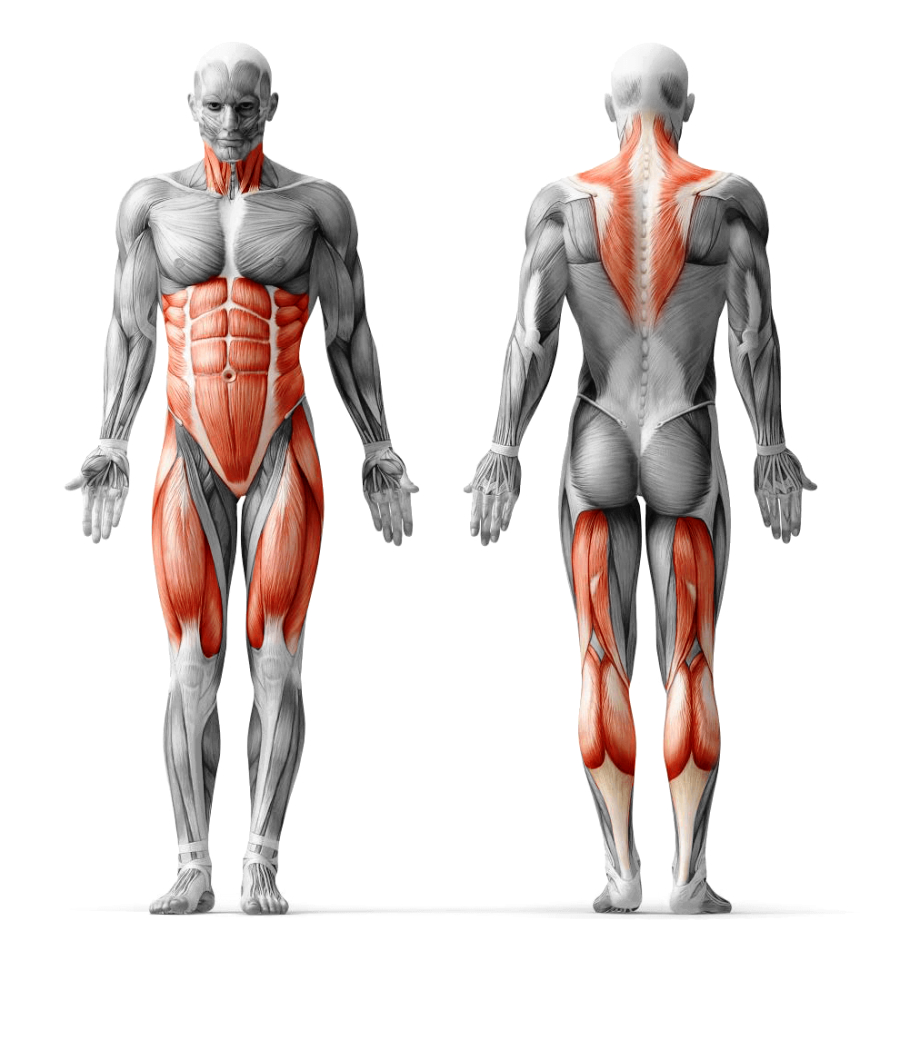
The effects in question relate primarily to microgravity and its effects on the musculoskeletal system. Since the earliest days of manned flights, it has been known that a person loses about 20% of muscle mass in just 5-10 days in weightlessness. The most affected are the muscles, which experts in this field call “antigravity” and which in the earth’s environment play an important role in maintaining posture: the muscles of the back, neck and some leg muscles, especially the calf and quadriceps. Such dramatic changes reflect the exceptional ability of biological systems to self-adjust; metaphorically speaking, they can be called continuous networks of feedback. Even “unemployed” sensory and motor nerve endings are known to die within 1-2 months in the case of amputation of the limb they innervated, which is a significant problem in the design of modern types of prostheses. A whole network of signaling molecules, collectively known as myokines, are involved in regulating muscle “training.” As for some of them — such as FDF-8 or myostatin — their activity leads to muscle relaxation and the use of their contractile protein elements as a building material for other processes in the body, while FST (folistatin) and the like perform the opposite task — strengthening — and force the body to sacrifice other tissues for this purpose, first of all fatty. The dynamic balance between these opposite processes is disturbed when astronauts fall into microgravity conditions, which is why they now have to spend almost 2.5 hours a day in orbit on simulators. It is possible that during the much dreamed of expedition to Mars we will have to change our approaches and our strategy. The simulator is not a panacea, and the pioneers at the end of the road will be met not by a caring team of medics and a long rehabilitation course, but by another planet with a gravitational force of 0.4 g. Who knows whether NASA or SpaceX are not going to solve this problem, giving lazy humanity the first pharmacological replacement for the gym?
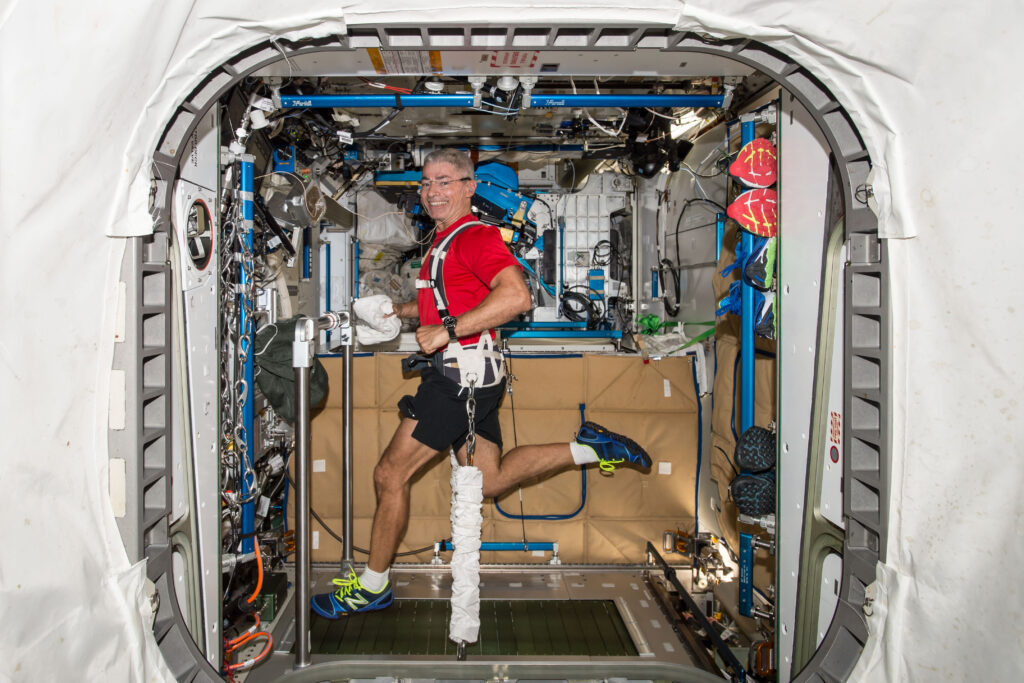
And while such know-how remains a matter of the near future, space medicine in the 60’s made some contribution to solving the problem of muscle atrophy. It should be noted that there are many “terrestrial” pathologies (traumatic, infectious, neurodegenerative), one of the consequences of which is partial or complete immobilization of the patient. Everyone knows the case of Stephen Hawking, who suffered from amyotrophic lateral sclerosis, a mysterious disease in which α-motoneurons, nerve cells in the spinal cord that selectively transmit commands from the motor area of the cerebral cortex to skeletal muscle, are selectively killed for unknown reasons. Such cases can be divided into two categories: irreversible disorders, in which maintaining muscles in a normal state can only make aesthetic sense, and reversible changes, in which the prevention of muscle atrophy allows you to do without long-term, costly and unpleasant rehabilitation. For example, Ukrainian genetic specialists are currently dealing with a case of this kind. The patient, who lived most of his life abroad, was suddenly paralyzed below the waist when he returned to Ukraine. The use of mass parallel sequencing techniques has established the infectious nature of the lesion (which gives hope for its reversibility), but the question arises how to slow down the degradation of muscle tissue before you can expel pathogenic bacteria from the cerebrospinal fluid and restore its motor activity. One of the approaches developed at the beginning of the orbital travel era is electrical stimulation of the motor nerves, which allows to provide a functional load on the muscle even when the transmission of signals from the CNS is blocked. The technique is primitive, but conducting daily sessions lasting about 30 minutes allows you to achieve generally good results. And although this technology has not found significant application in the aerospace industry (due to certain unpleasant sensations that accompany its use), but in conventional clinics it is still used — for example, in the recovery of patients after stroke.
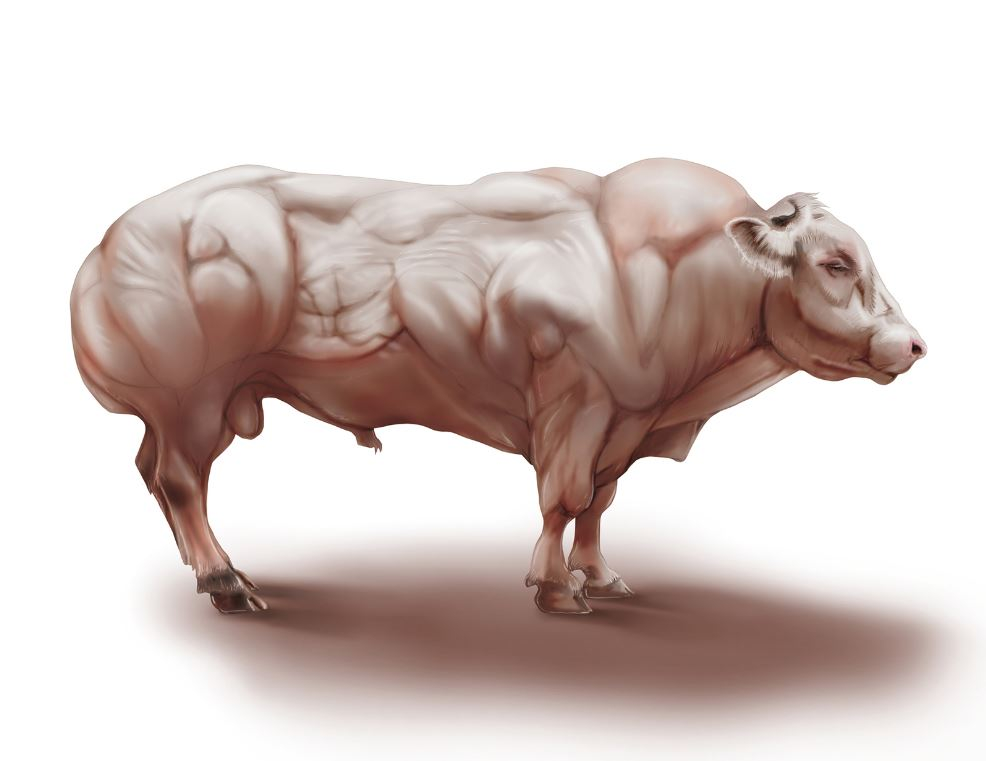
Bone tissue undergoes no less threatening changes in weightlessness. Although, at first glance, it is a stable, inorganic and composed mainly of calcium carbonate (CaCO₃), in fact, any bone is also in a state of dynamic equilibrium. As in the case of muscle tissue, the functional state is determined by the balance between bone formation processes carried out by inorganic matrix cells called “osteoblasts” and its resorption, in which osteoclast cells play a decisive role. To date, a lot of data has been collected on changes in bone tissue (experts call it “remodeling”) in experimental animals that have previously been 30 or more days in microgravity on board the ISS. In particular, the group of prof. Melissa Kayseni of Indiana University showed that in just one month, experimental mice lost total bone mass by 13% and bone density by 21%. Moreover, research on this issue has been conducted on humans — of course, using a non-invasive MRI method. Group of prof. Caitlin Burghart of MIT demonstrated numerous anatomical and morphological changes in the spines of six astronauts who had just returned from the ISS, including thickening of the intervertebral discs and lengthening of the spine in general. Just imagine what it would be like if people arrived on Mars after a year of weightlessness with senile osteoporosis and intervertebral disc herniation!
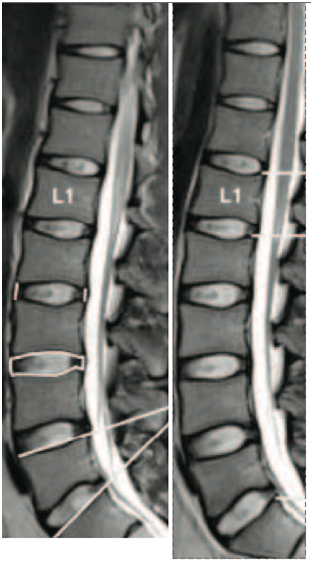
This problem is straining the brains of “earthly” biologists. In an article by Wei San with colleagues at the Chinese for Taikonaut Research and Training Center, bone resorption in the absence of gravity was linked to the Piezo1 protein. This recently discovered molecule is now considered one of the main “biological sensors” of mechanical stimulation in higher animals. It is studied everywhere: in the sensitive nerve terminals of the skin Piezo1 allows you to feel the touch, in the vessels — to bring their architecture in line with blood flow. And, for example, in Kiev Institute of Physiology the studies conducted as to the role of this protein in stretching of smooth muscles. According to Dr. Wei San, the “shutdown” of the Piezo1 gene, — a condition comparable to zero gravity, — has catastrophic consequences for bone formation in mice. Dense parts of them are thinned, and spongy (in special terminology – “trabecular”) are almost not formed. However, there is good news: there are already pharmacological substances that can activate Piezo1 even in the absence ofmechanical stimulation. The first of these was created — Yoda1, named after the master of Yoda from “Star Wars”, who in one episode lifted the X-Wing spacecraft from the swamp without the use of physical force. Subsequent experiments with similar drugs, inspired, as described above, by the problems of life under microgravity, may later be used in long-distance space missions and in the treatment of bone fragility in the aged patients.
Sleep disorders are another problem that space medicine can help solve. Astronauts aboard the ISS usually sleep 4-6 hours a day, which, say, to the average student in the midst of a session might seem like a luxury, but this is not the norm for a healthy adult — especially when the cost of error is much higher than repeating an examination. Sleeping pills are one of the most widely used of the 150 drugs available in orbit. In part, of course, this is due to the fact that the crew of the station sees the sunrise 60 times a day and lives, according to ESA expert Nora Petersen, “in a state of constant jet lag.” The methods that doctors are still trying to combat insomnia in astronauts are all sorts of half-measures such as “sleep training” and even writing special software that controls the daily routine of pilots.
However, writing user-friendly sleep management software is only a palliative solution. The root of the problem is in the physiology of the brain, and the key to solving it is to be found there. An interesting proposal was recently put forward by NASA scientists, and it has already been embodied in mobile applications: it is about how the sleep / wake cycle is modulated by the spectral characteristics of the light that enters the eye.

The eye (more precisely, its working part — the retina, which performs the same role as the CCD array in the camera) is designed by evolution not only to encode information about the shape and size of surrounding objects. The fact is that until recently it was believed that the perception of light in the eye was carried out exclusively by photoreceptor cells (rods and cones) which have this ability due to the presence of special proteins — opsins. There are four types of these light-sensitive molecules: “black and white” rhodopsin, present in rods, and three types of photopsins, which are localized in cones and the maximum absorption spectrum of which is green, blue and red radiation (it is well known that a variety of colors and shades, all these “light green”, “tea” and “coral” colors, which are so acutely felt by women but not men, are decoded by the brain from a ratio of only three basic color signals). However, it has recently become known that the model described above is incomplete.
It turned out that, in addition to photoreceptors, another cell type responds to light in the retina — the so-called ganglion cells. Their existence was known long before the era of spaceflight, as well as their main function, which is to form long nerve endings including the optic nerve, which transmits an electrical signal from rods and cones to the cerebral cortex. So, studies have shown that ganglion cells also have in their cytoplasm opsin proteins, and a new, previously unknown type — the so-called melanopsins. They do not act as a “biological video camera”, but instead regulate sleep, and NASA offers to use this fact.
Such an unexpected “attachment” of several functions to the same structure is commonplace in “living” mechanisms and a feature by which they are strikingly different from “technical” mechanisms. If human engineers prefer simplicity, rigor and monofunctionality of every detail, nature tends to follow a confusing path of multitasking and economy. If, say, the International Space Station were designed by biological evolution, a vacuum toilet could be used as a vacuum cleaner, and food in tubes could be used as thermal paste and a means for wiping the windows.
How does ganglion cell perception of light relate to astronauts’ lack of sleep and circadian rhythms? Through the hormonal system: Collaterals from the nerve endings of these neurons, in addition to the visual cortex V1 in the cerebral cortex, also go to several nuclei in the brainstem associated with the secretion of the hormones melatonin and cortisol. Those who have trouble sleeping at night have seen at least the first of these substances on pharmacy shelves; it is also in demand on the ISS. These two hormones are antagonists. In terrestrial conditions, the maximum secretion of “sleepy” melatonin occurs in the dark part of the day between 02:00 and 03:00 , while the release of “vigorous” cortisol peaks during the day between 09:00 and 10:00. So, by illuminating the retina with light of a certain wavelength, you can control, say, the release of “night” melatonin and help the brain to switch to rest. Currently, NASA engineers have designed and tested an SSLA device, which is simply a solid-state lamp of variable illumination: during the day the peak part of its radiation spectrum falls on blue, which corresponds to the maximum absorption of melanopsin, and at night SSLA switches to pale red. Imagine the offices of the future (if the SSLA experiments are successful) flooded with “cheerful” blue, which may seem boring and monotonous to some, but certainly not to top managers of relevant companies who will see a significant increase in productivity of their subordinates. Finally, it is worth noting that the idea that came to the mind of space doctors is now used in mobile phones with applications such as Twilight or BlueLightFilter. At night, taking care of the quick sleep of their owners, such devices cut off the blue tones on the LCD display of the device, suppressing the activation of melanopsin and stimulating the secretion of melatonin.

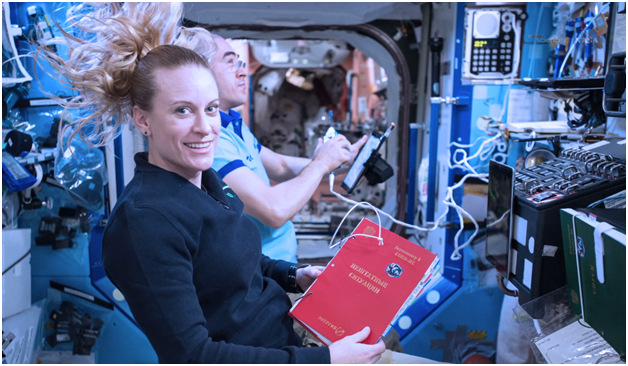
Thus, space medicine still has a long way to go to overcome all the troubles that may befall astronauts during their long stay on the ISS, and to pass many of the inventions and solutions created along the way to terrestrial physicians. NASA’s 2019 budget provided $ 200 million for the Human Research Program (not a big deal considering the cost of modern biology, which was to be used mainly within research institutions directly affiliated with the US Space Agency). Who knows, perhaps in the coming years — due to approach of the mission to Mars and the launch of long-term programs on the moon — these budgets will be increased, and researchers will move to bolder experiments with the human body to improve the health of space pioneers and ordinary inhabitants of our planet.


